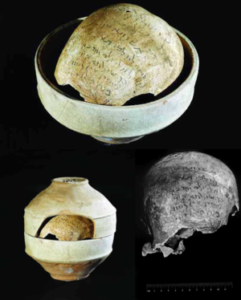Abstract: Filip Vukosavovic
Displaying Death without Dying: Approaching Death in Museum Settings in Israel
Filip Vukosavovic (National Maritime Museum, Israel)
This paper will focus on two principal topics:
a) the ethics of displaying human remains in museums around the world, and
b) displaying human remains in a Jewish context
The first topic has received a lot of attention over the last two decades, especially in light of the blockbuster exhibition Body Worlds. Most discussions revolve around several important questions: basic respect for the dead and human remains, colonial practices of plundering human remains of native populations, ancient dead without modern descendants vs. ‘recent’ dead with living descendants, physical anthropology vs. rights of the deceased, etc. The discussion on the latter topic will begin by addressing Jewish and Israeli strict views of the dead and human remains. It will continue by looking into the difficulties that different academic disciplines and institutions, such as museums, face in their desire to study and display human remains. The case in focus will be the magic skull in collection of Shlomo Moussaieff z”l and the exhibition Angels and Demons: Jewish Magic Through the Ages, curated by the present author at the Bible Lands Museum in Jerusalem.

For this magic skull see Biblical Archaeology Review 35:2, March/April 2009: https://members.bib-arch.org/biblical-archaeology-review/35/2/9

